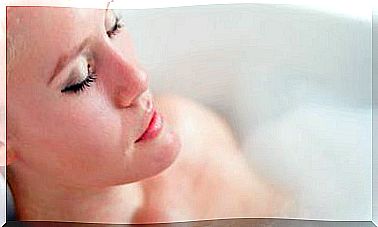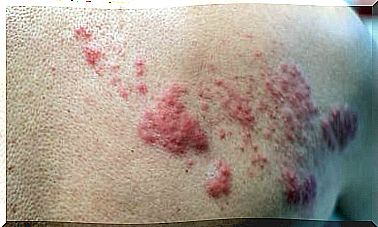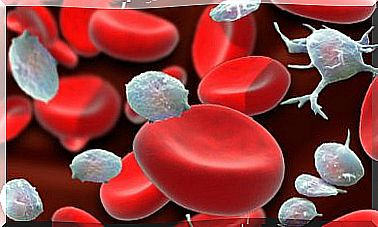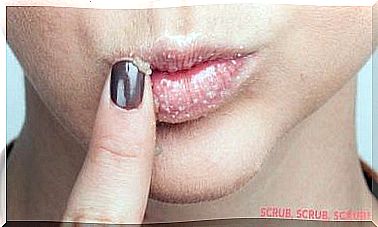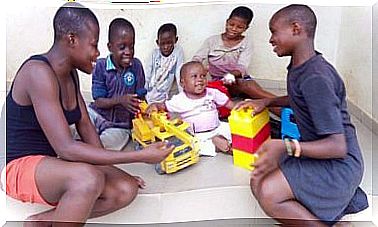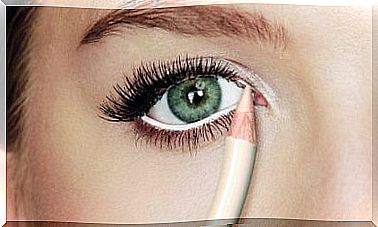Alopecia Areata: Symptoms, Causes And Treatments
Alopecia areata is a not very frequent pathology, but known in the medical field. It is very relevant within the dermatological specialty, since consultations for this reason are not so unusual.
The disease consists of a loss of hair in a specific area of the body. The most affected area is the scalp; However, it can also manifest itself in the beard, for example, or in the hair of the upper and lower limbs. Now, what are its causes and symptoms? Is there treatment?
Alopecia areata in men and women
Both men and women of different ages can suffer from this disorder. However, it is recorded more among adolescent men. Despite this, children are not exempt from symptoms, especially if they have a history of direct relatives who have suffered from it.
For medicine, there is not just one type of alopecia areata, but several. This is the classification of the types of alopecia areata that a review of the Integral Medicine Journal cites:
- Single plate: it is the most common form; only one region of the body loses hair.
- In multiple plaque: unlike the previous one, the affected areas are more than one.
- Total: a large patch of hair loss is formed that affects the entire scalp causing baldness.
- Universal: in addition to taking the scalp, it extends over the eyebrows, eyelashes and armpits.
- Diffuse: it is a hair loss that is not located in a specific region, but diffusely affects the scalp.
- For dark hair: it is the rarest form. Hair loss respects gray hair and affects only pigmented hair, giving the feeling that the person has gone brutally gray from one day to the next.
Causes of alopecia areata
There is no precise information about the origin of alopecia areata. However, medical publications such as the United States National Library of Medicine indicate that the probable cause would be an autoimmune disease; that is, the body would mistakenly attack parts of the body itself.
In this case, the immune system would mistakenly identify the hair follicles as dangerous or strange and attack them. By attacking the follicle, the hair detaches and falls out, since it loses its support and its source of nutrition.
Histopathological studies of affected people revealed a great inflammatory process in the affected areas. White blood cells accumulate around the hair follicles, stopping hair development. The fall is an expected consequence of this inflammation.
A group of people with alopecia areata suffer it associated with other autoimmune diseases such as rheumatoid arthritis or celiac disease. Sometimes hair loss is the first symptom of other diseases, and later the underlying disease fully manifests itself.
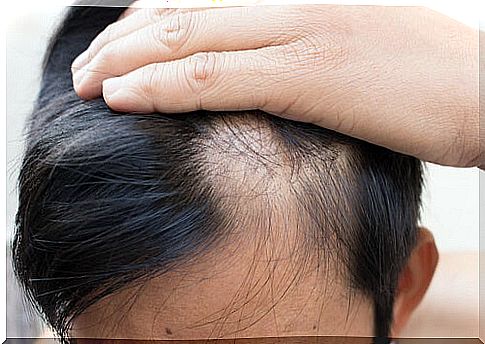
It is believed that there would also be a link with stressful situations, since some patients have developed alopecia areata after going through a difficult time, such as the death of a family member, a chronic illness or an accident.
However, the effect of stress on alopecia areata has not been proven by scientific studies and continues to be controversial today, as is well pointed out in the publication Alopecia areata, new findings in histopathology and pathophysiology.
Symptoms
The Mexican Journal of Dermatology notes that alopecia areata is a disease that should not cause pain, burning, or itching. Hair loss is the only symptom in the usual presentations of the disease. Also, there should be no redness of the affected area or peeling of the skin.
The characteristic that the only symptom is hair loss is important because it distinguishes the disease from others. There are different alopecia that are accompanied by pain or visible inflammation that are not the areata form.
Regularly, hair loss is in patches on the scalp. These patches can be between one to four centimeters, and can be one or more. They tend to be rounded and smooth in shape.
The other areas that may be affected are the beard, eyebrows, eyelashes, hair on the lower and upper limbs, and pubic hair. As nails share the embryological origin with hair, sometimes their fragility is added as a symptom, with cracks and breaks.
In the total form, which leads to hair loss on the entire scalp, the evolution is relatively fast : from the first plate to the completion of the extension it can take only six months.
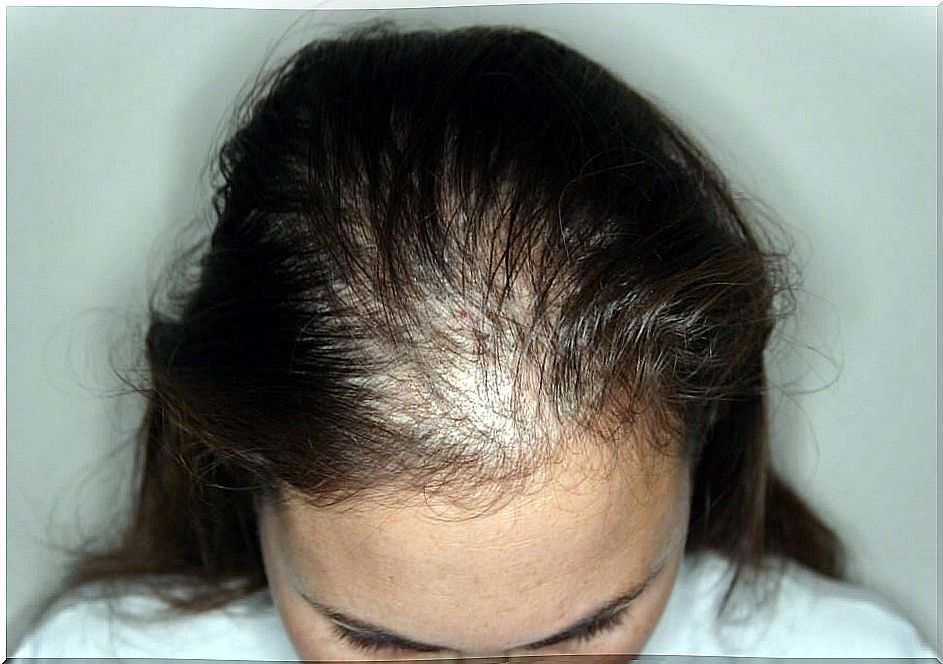
Treatment of alopecia areata
Although it is not a serious disease nor does it endanger the lives of patients, the psychological aspect of it is relevant. Patients tend to show a low self-esteem and tend to reduce their social interaction due to shame.
For many of those affected, hair recovery is automatic even without treatment ; in a few months the hair follicle works again and the bald area is repopulated. It is estimated that half of the patients recover all affected hair in less than a year without treatment.
On the other hand, when the involvement is great or the evolution is rapid, the treatment guided by the doctor is preferred. It is not clear how long treatment is needed to reverse the effects, so it will be the professional judgment that decides.
Currently, the available treatment consists of ultraviolet light, corticosteroid injections – directly into the affected skin – and local medications – such as minoxidil, anthralin or corticosteroids – in the form of creams.
What to do against alopecia areata?
If you have seen small patches without hair on your scalp or you are concerned about the loss of strands, do not hesitate and go to your dermatologist’s office. No one better than him will be able to diagnose and guide you properly.
Faced with a diagnosis of this disease, try to stay positive, since it is a reversible condition. Your doctors will help you carry out the necessary treatment to restore your hair. Follow their recommendations and work on your self-esteem while hair grows back.

